Match the following in List-I with List II and select the corect option :-
List−IList−IIaKP=QiAlways nonspontaneousbT>ΔH/ΔSiiIsothrmal processcΔH=+veΔS=−veiiiEquilibriumdq=−veivspontaneous and endothermic
a→(iii)b→(iv),c→(i),→(ii)
a→(i)b→(iii),c→(ii),→(iv)
a→(iii)b→(i),c→(iv),→(ii)
a→(iii)b→(ii),c→(i),→(iv)
The correct Answer is:A
To solve the matching question, we need to analyze each item in List-I and find the corresponding item in List-II. Let's go through each part step by step.
1. Analyzing Part A: Kp = Q
- Kp is the equilibrium constant for a reaction at a given temperature, while Q is the reaction quotient. The condition Kp = Q occurs when the system is at equilibrium.
- Match: A corresponds to iii) "Equilibrium".
2. Analyzing Part B: T > ΔH / ΔS
- This inequality suggests that the temperature is greater than the ratio of the change in enthalpy (ΔH) to the change in entropy (ΔS). This condition typically indicates that the process is spontaneous and endothermic.
- Match: B corresponds to iv) "spontaneous and endothermic".
3. Analyzing Part C: ΔS = -ve, ΔH = +ve
- Here, ΔS is negative and ΔH is positive. According to the Gibbs free energy equation (ΔG = ΔH - TΔS), if ΔH is positive and ΔS is negative, ΔG will be positive, indicating a non-spontaneous process.
- Match: C corresponds to ii) "Always nonspontaneous".
4. Analyzing Part D: q = -ve
- In an isothermal process, the internal energy change (ΔU) is zero, which leads to the conclusion that heat (Q) exchanged is equal to the work done (W) but with a negative sign. Therefore, Q is negative.
- Match: D corresponds to i) "Isothermal process".
Final Matches:
- A → iii) "Equilibrium"
- B → iv) "spontaneous and endothermic"
- C → ii) "Always nonspontaneous"
- D → i) "Isothermal process"
Correct Option:
The correct matches are:
- A - iii
- B - iv
- C - ii
- D - i
- Kp is the equilibrium constant for a reaction at a given temperature, while Q is the reaction quotient. The condition Kp = Q occurs when the system is at equilibrium.
- Match: A corresponds to iii) "Equilibrium".
- This inequality suggests that the temperature is greater than the ratio of the change in enthalpy (ΔH) to the change in entropy (ΔS). This condition typically indicates that the process is spontaneous and endothermic.
- Match: B corresponds to iv) "spontaneous and endothermic".
- Here, ΔS is negative and ΔH is positive. According to the Gibbs free energy equation (ΔG = ΔH - TΔS), if ΔH is positive and ΔS is negative, ΔG will be positive, indicating a non-spontaneous process.
- Match: C corresponds to ii) "Always nonspontaneous".
- In an isothermal process, the internal energy change (ΔU) is zero, which leads to the conclusion that heat (Q) exchanged is equal to the work done (W) but with a negative sign. Therefore, Q is negative.
- Match: D corresponds to i) "Isothermal process".
- A → iii) "Equilibrium"
- B → iv) "spontaneous and endothermic"
- C → ii) "Always nonspontaneous"
- D → i) "Isothermal process"
The correct matches are:
- A - iii
- B - iv
- C - ii
- D - i
Topper's Solved these Questions
- CHEMISTRY AT A GLANCEBOOK - ALLENCHAPTER - CHEMISTRY AT A GLANCEEXERCISE - INORGANIC CHEMISTRY
300 Videos
- CHEMISTRY AT A GLANCEBOOK - ALLENCHAPTER - CHEMISTRY AT A GLANCEEXERCISE - ORGANIC CHEMISTRY
472 Videos
- Chemical EquilibriumBOOK - ALLENCHAPTER - Chemical EquilibriumEXERCISE - All Questions
30 Videos
- ELECTROCHEMISTRYBOOK - ALLENCHAPTER - ELECTROCHEMISTRYEXERCISE - EXERCISE -05 [B]
38 Videos
Similar Questions
Match List-I with List-II and select the correct option
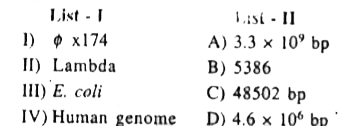
View SolutionMatch List-I with List-II and select the correct option

View SolutionMatch List-I with List-II and select the correct option.
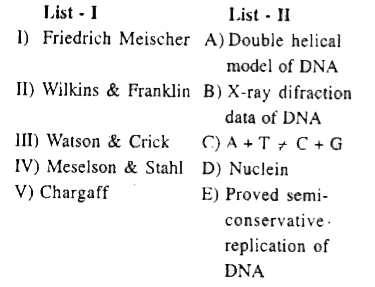

View SolutionMatch list I with list II and select the correct option
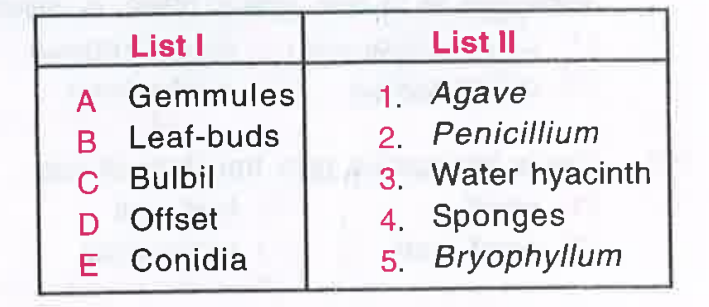
View SolutionMatch the List I with List II and select the correct option.
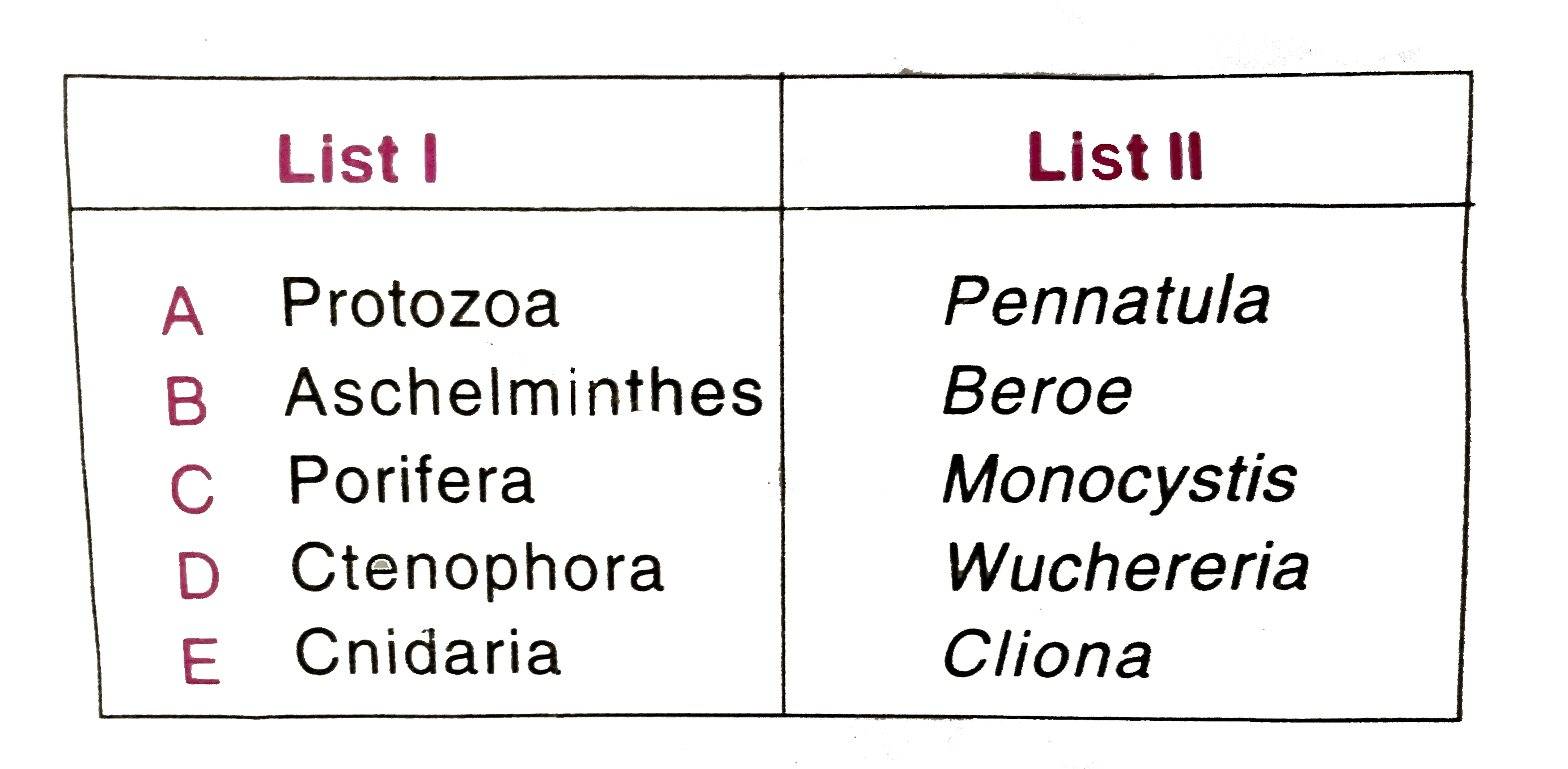
View SolutionMatch List I and List II and select the correct option
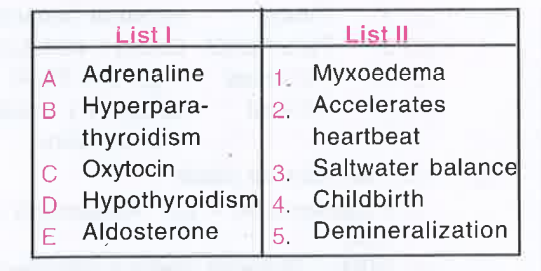
View SolutionMatch List-I with List-II and select the correct answer :
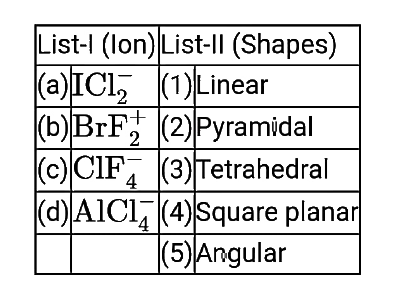
View SolutionMatch List I with List II
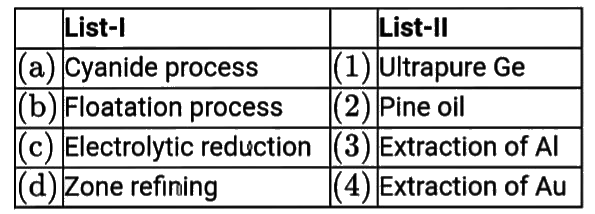
View SolutionMatch List-I with List-II
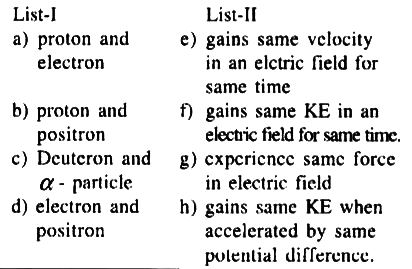
View SolutionMatch list I with list II and select the correct answer :

View Solution
